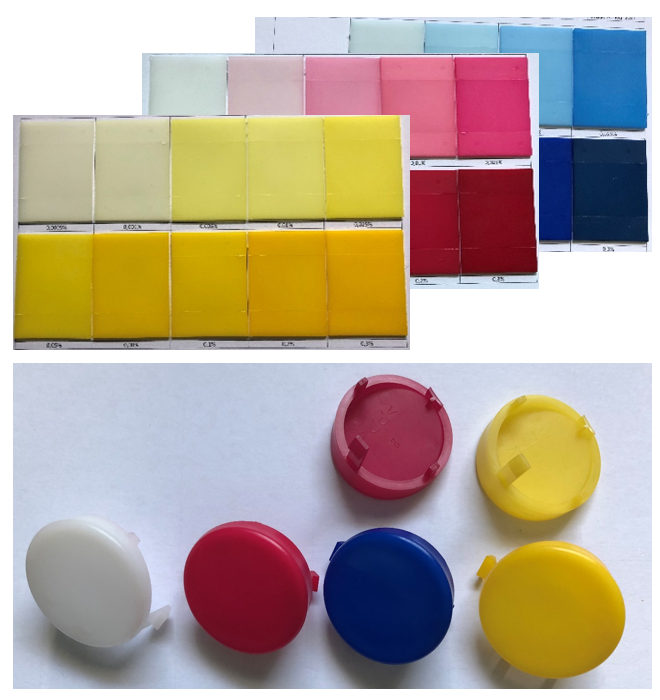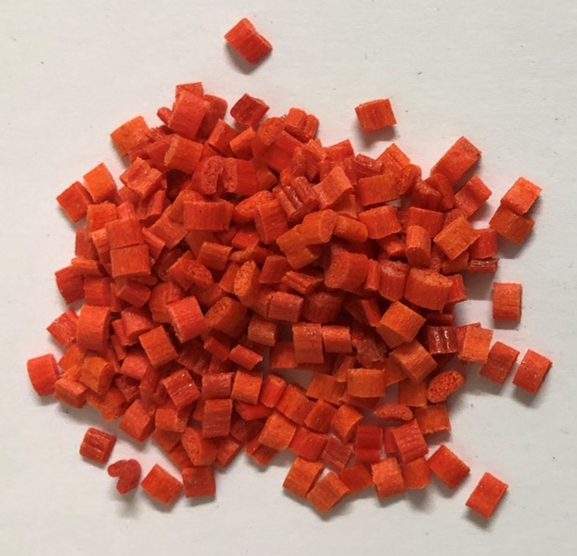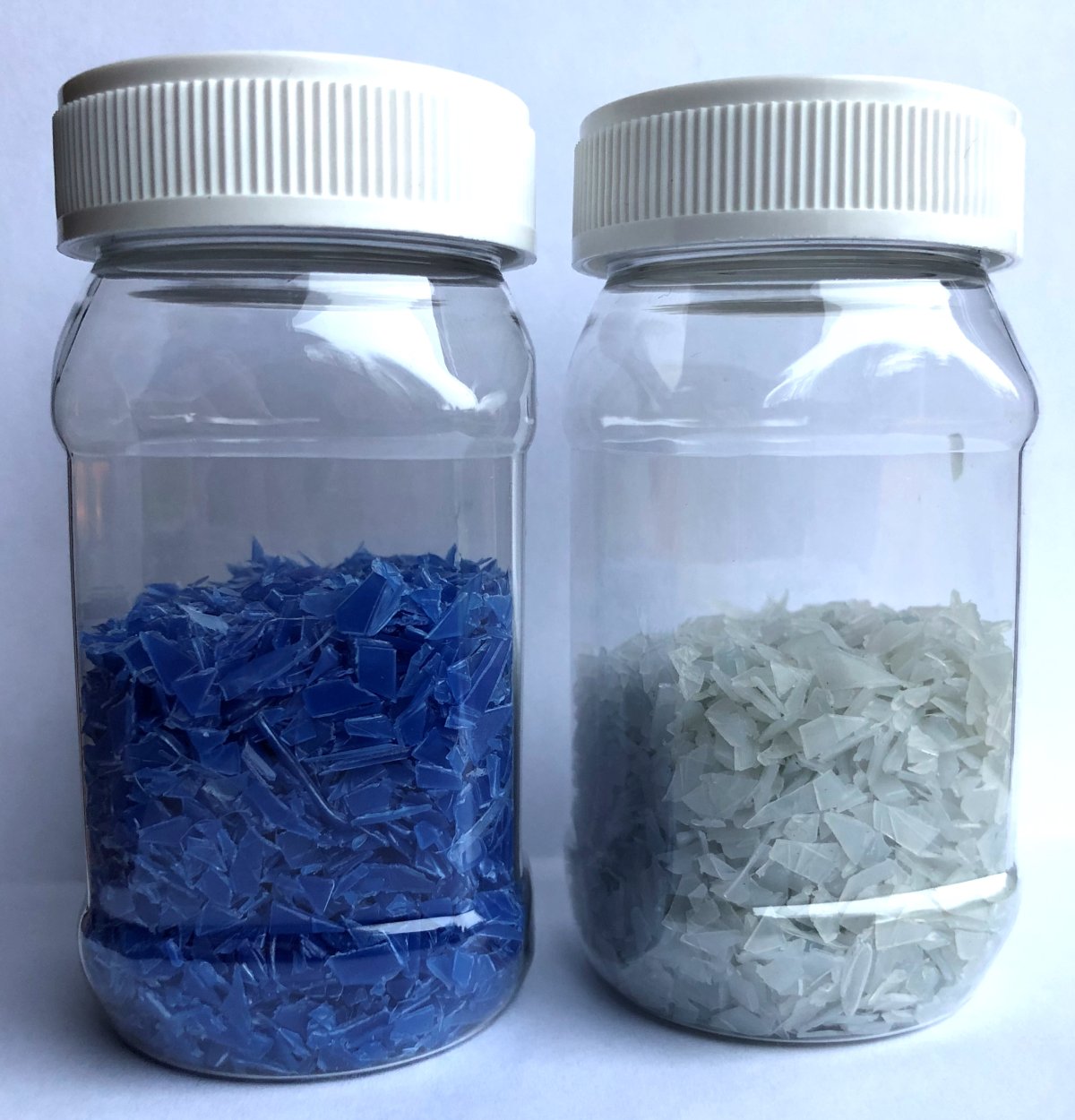
Dr. Bernd Robertz
Managing Director
+49 174 279 64 65
bernd.robertz_at_smart-coloring.de
REVERSIBLY COLORING
- Packaging waste is the largest "raw material reservoir" for polyolefin recycling. The three main obstacles to the widespread use of the recyclates produced from it are odor, NIAS and color.
- The largest proportion of polyolefin waste is colored. So, what good is the most pleasant-smelling recycled material if it is still grey, brown or black at the end?
- Decolorization of recycled materials therefore has both a high economic as well as ecological potential.This potential is leveraged by combining a suitable coloring process with an innovative decoloring process.
- Decontamination by solid-liquid extraction within a modified mechanical recycling simultaneously eliminates colorants, unpleasant odors and removes NIAS from the plastic, so that all 3 major challenges for the use of recyclates in high-demand applications are addressed at the same time
COLORING-ON-DEMAND
Subsequent dyeing in a dye bath is an additional operation, which of course incurs costs. On the other hand, there are a lot of advantages:
- no color changes on the plastic converting machines
- less downtime and higher OEE
- reduction of waste for purging plastic converting machines
- lower consumption of colorants, as only the surface is colored
- cost saving
- improved recyclability, as recyclates become significantly brighter even without decolorisation
- less stock-keeping and shorter delivery times
- design effects like color gradient easily realisable
- not only reversible but also repeatable: refurbishment and recoloring
COLORING-BY-MASTERBATCHES
Masterbatches are either based on pigments or on dyes. They can be processed using existing converting equipment within established infrastructure. Frankly, there is not necessarily much else to explain.
In order to be able to decolorise pigment-based colorings again, further additives are added to the masterbatches. These allow the decontamination bath, to attack the pigments and convert them into soluble, extractable components
DECONTAMINATION
“Design-from-Recycling” requires a sophisticated "Design-for-Recycling” to make the production of high-quality recyclates possible in the first place. Prerequisite for this is a suitable combination of a coloring process with an innovative decoloring, rather decontamination process.
Our decontamination process with simultaneous deodorisation, removal of NIAS and decolourisation is a solid-liquid extraction within a modified mechanical recycling process.
It is a high quality reprocessing of the large multi colored fraction into white or transparent recyclates to increase the availability of high-quality recyclates with simultaneous optimisation of the recyclate quality
It is ecologically and economically valuable - worth all the effort





